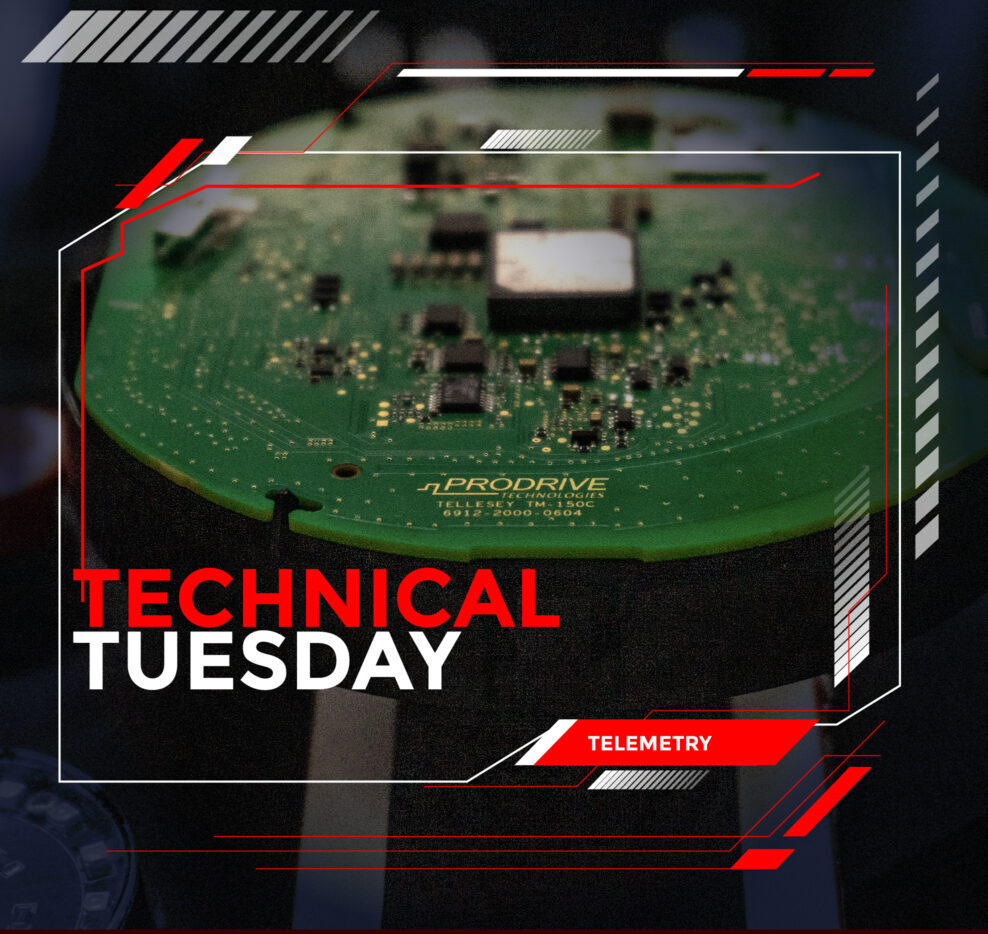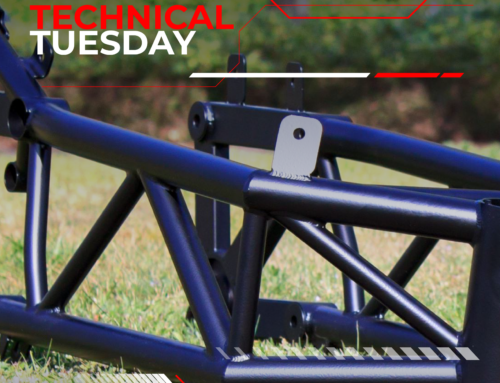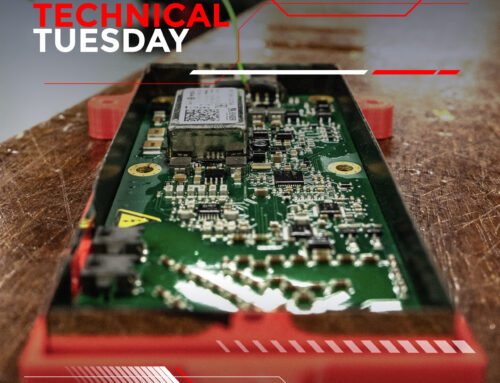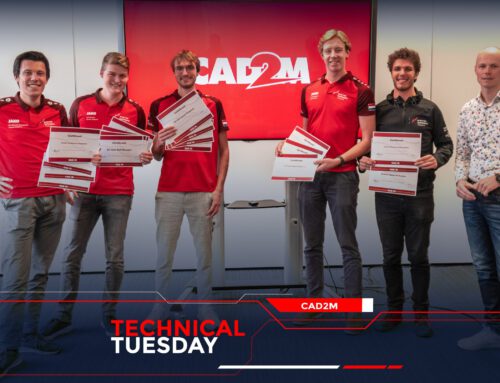Technical Tuesday: Telemetry
Today, telemetry applications include measuring and transmitting data from remote or inaccessible sources to an IT system in a different location for monitoring and analysis. In general, telemetry works in the following way: sensors at the source measure data, which are converted to specific electrical voltages. These voltages are combined by a multiplexer, along with timing data, into a single data stream for transmission to a remote receiver. Upon reception, the data stream is separated into its original components and the data is displayed and processed according to user specifications. On the other hand, systems that need external instructions and data to operate require the counterpart of telemetry, called telecommand.
In our case, the inaccessible source mentioned above is our electrical superbike. The telemetry module is connected to the CAN bus to receive sensor information ‘published’ by other CAN nodes distributed all over the superbike. Last year, Robin Venhuizen published a Technical Tuesday about the CAN nodes, explaining what information is send over the CAN bus and how the CAN nodes function. The telemetry module uses LTE Cat-M1, which is included in a type of low-power wide-area network radio communication technology used for machine-to-machine applications called LTE-M (Long-Term Evolution Machine Type Communication). LTE Cat-1M allows for an uplink peak rate of 1Mbit/s and has a latency of 10-15 ms, which is sufficient for our use case as the internally used high-speed CAN protocol also allows up to 1 Mbit/s. For cyber security reasons we do not accept any incoming messages through telemetry to prevent anyone from connecting to our bike and sending messages over the CAN bus.
The telemetry module we use is designed by our sponsor ProDrive, who is very helpful in making sure the module works on our superbike and matches our needs. For example, the module can handle vibrations of up to 1.15Grms and has a peak power consumption of only 0,35A as ProDrive keeps pushing the boundaries to make their products are as energy efficient as possible. The microcontroller inside the module is the STM32F777 which offers the performance of the Cortex-M7 core while reaching similar lower static power consumption versus the STM32F4 series.
All in all, we are very excited to add this new feature to our upcoming bike and look forward to making the best use of telemetry during testing days and races.
– Ruben de Koning






